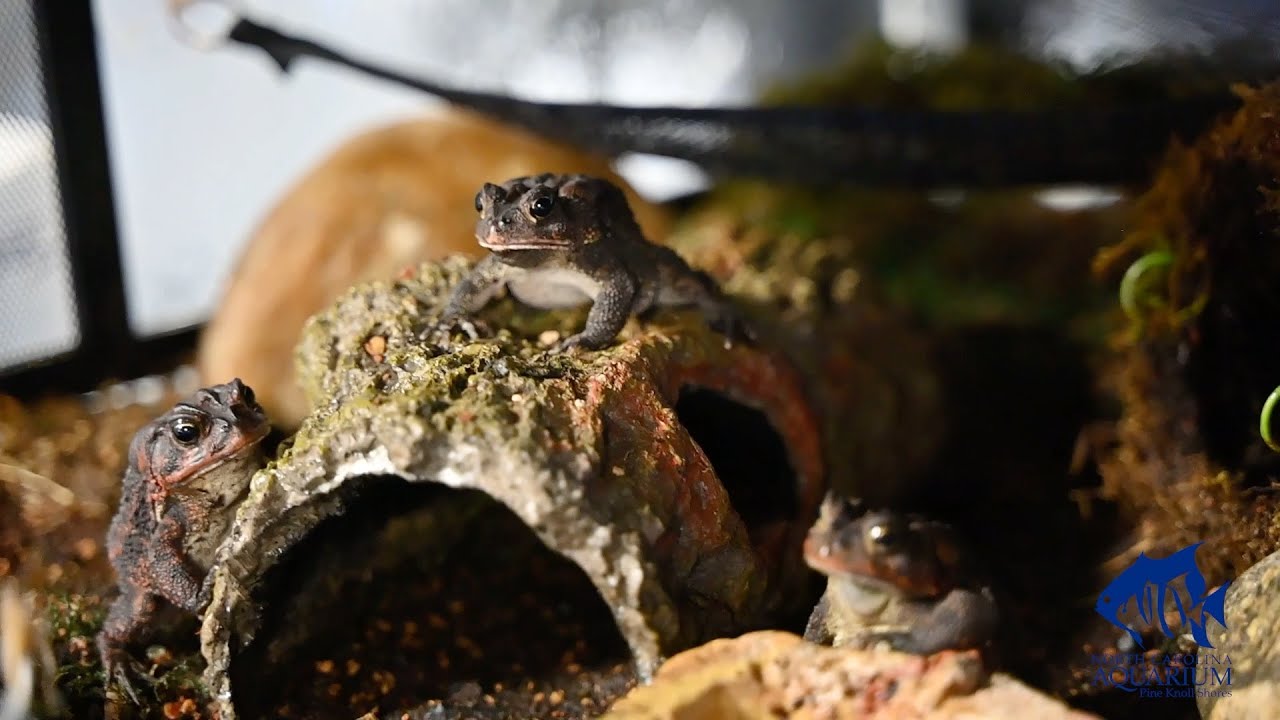– The diet and nutritional benefits of crickets for Cheeky Toads
– The hunting techniques and behaviors of Cheeky Toads in their natural habitats
– The impact of Cheeky Toads eating crickets on the ecosystem and local biodiversity
– Observations and studies on Cheeky Toads’ preference for crickets over other insects
– Conservation efforts to protect the natural habitats of Cheeky Toads and their cricket prey
The fascinating activity of Cheeky Toads consuming crickets offers a window into the complex interactions within ecosystems and highlights the importance of each species in maintaining ecological balance. This article delves into various aspects of this behavior, focusing on the diet and nutritional benefits, hunting techniques, environmental impact, preferences, and conservation efforts.
**The Diet and Nutritional Benefits of Crickets for Cheeky Toads**
As a food source for Cheeky Toads, Crickets provide a high-protein snack essential for their growth and development. These insects are rich in vital nutrients, including amino acids, crucial for muscle building and maintenance. Additionally, crickets offer a good source of vitamins and minerals necessary for the overall health of Cheeky Toads. The exoskeleton of crickets, made up of chitin, aids in the toads’ digestive process, providing a form of dietary fiber that helps digestion and absorption of nutrients.
**The Hunting Techniques and Behaviors of Cheeky Toads in Their Natural Habitats**
Cheeky Toads have adapted remarkable hunting techniques to catch crickets efficiently. They typically use a sit-and-wait strategy, camouflaging themselves within their environment to ambush unsuspecting crickets. Their excellent night vision aids in spotting prey in low-light conditions. Once a cricket is within reach, Cheeky Toads employ their long, sticky tongues to snatch it quickly. They possess a keen sense of timing and precision, enabling them to capture their prey with high success rates.
**The Impact of Cheeky Toads Eating Crickets on the Ecosystem and Local Biodiversity**
The dietary habits of Cheeky Toads eating crickets play a significant role in controlling the cricket population, preventing overpopulation and potential crop damage. This predation is a critical component of the food web, illustrating the balance within ecosystems. Moreover, the presence of Cheeky Toads can indicate a healthy ecosystem, as both toads and crickets require clean environments free from pollutants to thrive. Consequently, observing Cheeky Toads and their eating habits can be instrumental in ecological studies and biodiversity monitoring.
**Observations and Studies on Cheeky Toads’ Preference for Crickets over Other Insects**
Research has shown that Cheeky Toads prefer crickets as a primary component of their diet. This preference is likely due to the size, nutritional content, and abundance of crickets in their natural habitats. Studies involving controlled feeding experiments have demonstrated that Cheeky Toads achieve better growth rates and overall health when their diet is cricket-based, compared to diets comprising other insects. These findings underscore the significance of crickets in the dietary regime of Cheeky Toads.
**Conservation Efforts to Protect the Natural Habitats of Cheeky Toads and Their Cricket Prey**
Conservation initiatives focused on protecting the habitats of Cheeky Toads and crickets are crucial for sustaining their populations and, by extension, the health of the ecosystems they inhabit. Habitat destruction due to urbanization, agriculture, and pollution poses a threat to these species. Protective measures include creating and maintaining protected areas, restoring destroyed habitats, and implementing pollution control methods. Awareness and educational campaigns can also play a vital role in conservation efforts by highlighting the importance of Cheeky Toads and crickets in biodiversity.
In summary, the behavior of Cheeky Toads consuming crickets encapsulates the intricate dynamics of food chains and the importance of nutritional sources in animal development. Understanding and observing these practices teaches us more about the ecological balances that govern natural habitats. Continuous research and conservation efforts are necessary to preserve these species’ diverse roles in the environment, ensuring that future generations can witness the remarkable sight of Cheeky Toads eating crickets and appreciate the complexity of nature’s interconnected systems.
*****
Source Description
We’re wrapping up Amphibian Week 2024 with videos of some of our amphibians being fed! Check out these southern toads snapping up some crickets!

